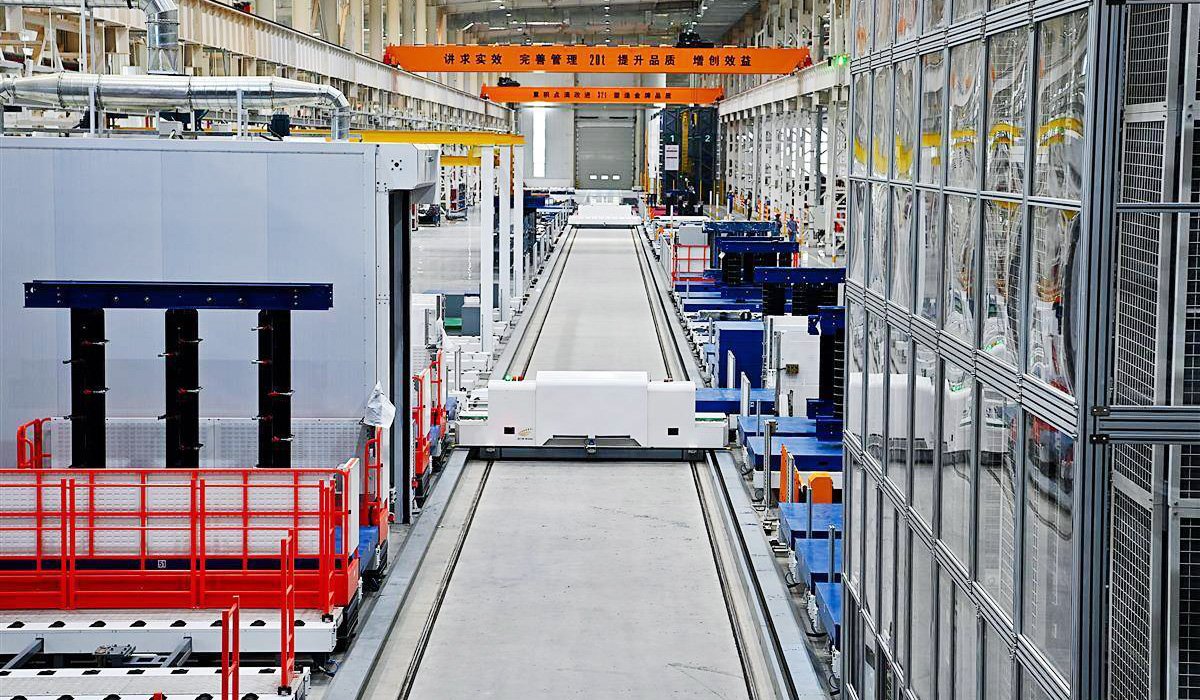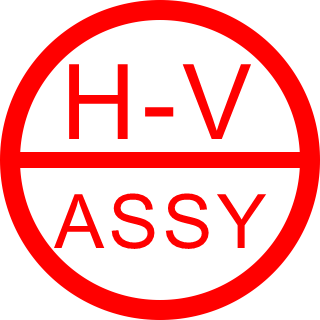Dry type transformer RGV Conveyor line

In the production process of dry type transformers, RGV (Rail Guided Vehicle) conveyor lines play a crucial role. RGV is a transportation tool that moves along fixed tracks on the ground, capable of connecting multiple logistics stations. It is characterized by its speed, simple configuration, and ease of maintenance. In the production of dry type transformers, RGV conveyor lines can replace more complex and less mobile conveyor systems. Depending on the scale and rhythm of production and logistics, multiple RGVs can operate simultaneously to meet actual requirements.
Main Features of RGV Conveyor Lines
- Self-propelled and Externally Powered Modes: RGV mainly uses self-propelled modes, driven by AC or DC electric motors on the vehicle. Through frequency conversion speed control, the vehicle can travel at varying speeds, with a range of 1-120m/min.
- Power Supply Methods: RGV’s power supply methods include contact and non-contact. Contact power supply usually employs slip ring supply or drag cable supply, while non-contact power supply operates on a principle similar to the primary/secondary coils of a transformer. This allows movement between the two coils and optimizes transmission performance through high-frequency transmission.
- Applicability: RGV can adapt to circular or linear transportation needs, with fast acceleration and movement speeds, suitable for transporting various types of workpieces. Due to the fixed guide rails, the movement is stable, and the stopping position is accurate. The control system is simple, reliable, cost-effective, and easy to apply.
Application in Dry Type Transformer Production
In the pouring and drying processes of epoxy dry type transformers, the logistics system mainly consists of RGV and its subsidiary vehicles. The subsidiary vehicle serves as a carrying tool, needing to enter the baking oven or pouring tank with the windings to undergo high-temperature processes. To improve production efficiency and reduce equipment investment costs, traditional RGV and subsidiary vehicle systems have been modified to include lifting functions for the subsidiary vehicles. Throughout the production process, the subsidiary vehicle only serves as a transfer tool, using the lifting function to leave the pallets and windings inside the baking oven or pouring tank.
Conclusion
The application of RGV conveyor lines in the production of dry type transformers, through automated and intelligent logistics transfer equipment, achieves automated logistics transfer operations in the production process, effectively improving production efficiency and reducing equipment investment costs. This intelligent logistics system is an essential part of modern dry type transformer production lines and plays a significant role in enhancing the efficiency and quality control of the entire production process.
